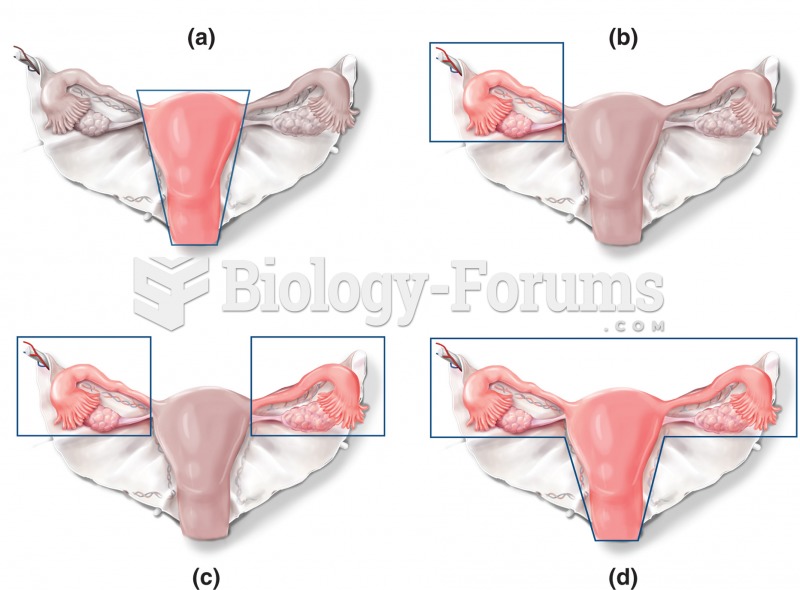This topic contains a solution. Click here to go to the answer
|
|
|
Did you know?
Famous people who died from poisoning or drug overdose include, Adolf Hitler, Socrates, Juan Ponce de Leon, Marilyn Monroe, Judy Garland, and John Belushi.
Did you know?
The human body produces and destroys 15 million blood cells every second.
Did you know?
Human kidneys will clean about 1 million gallons of blood in an average lifetime.
Did you know?
Parkinson's disease is both chronic and progressive. This means that it persists over a long period of time and that its symptoms grow worse over time.
Did you know?
Excessive alcohol use costs the country approximately $235 billion every year.







